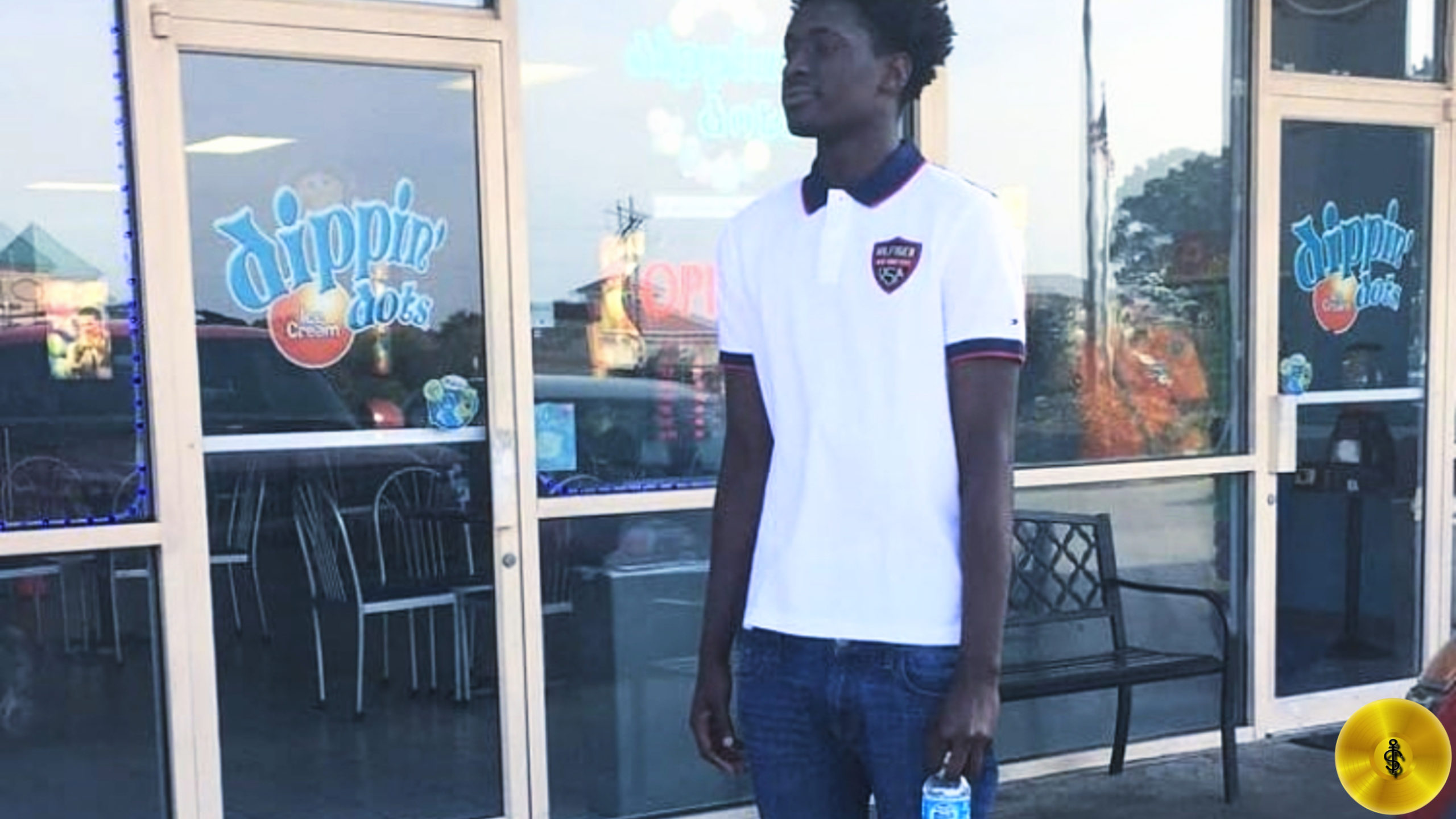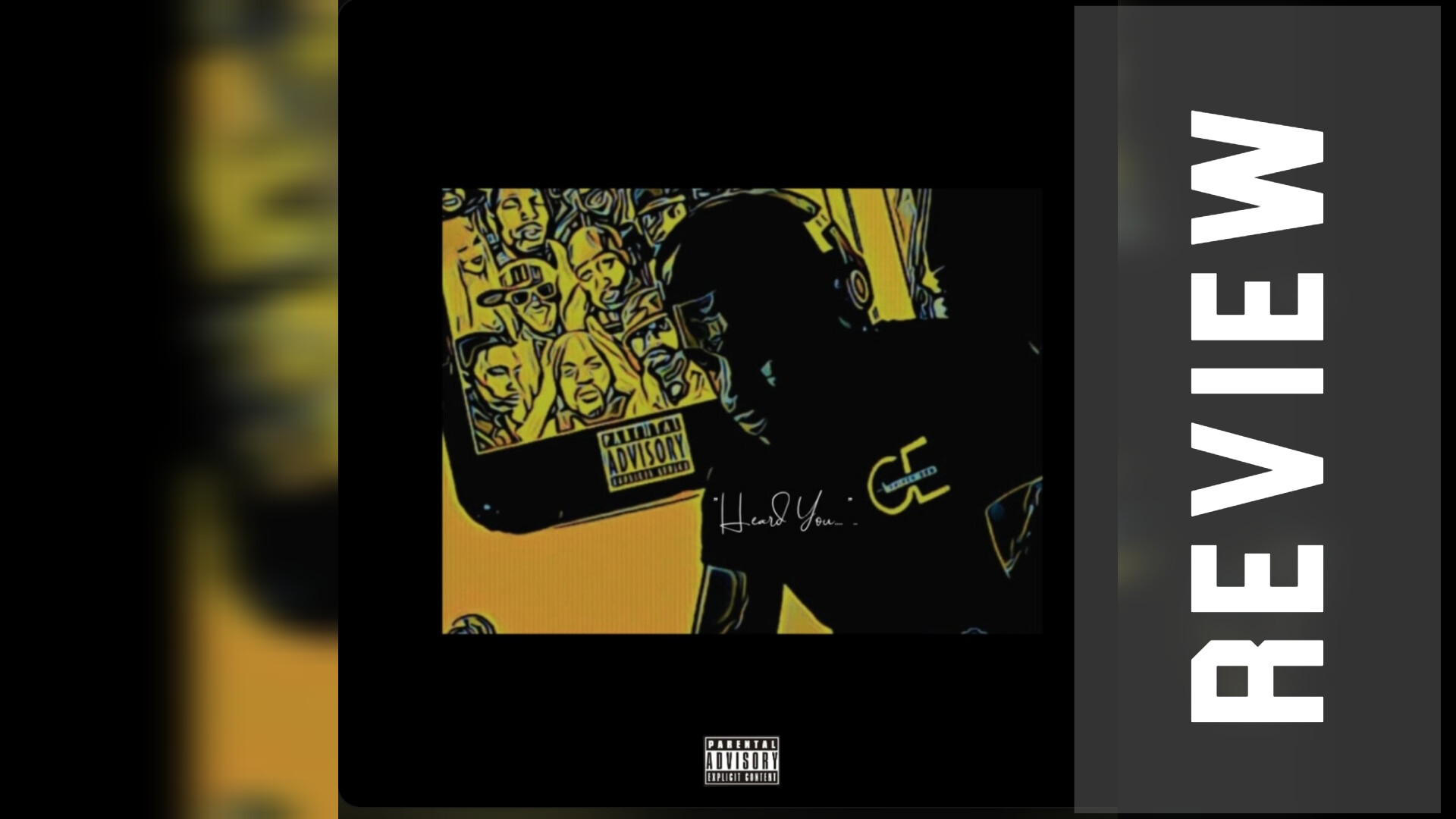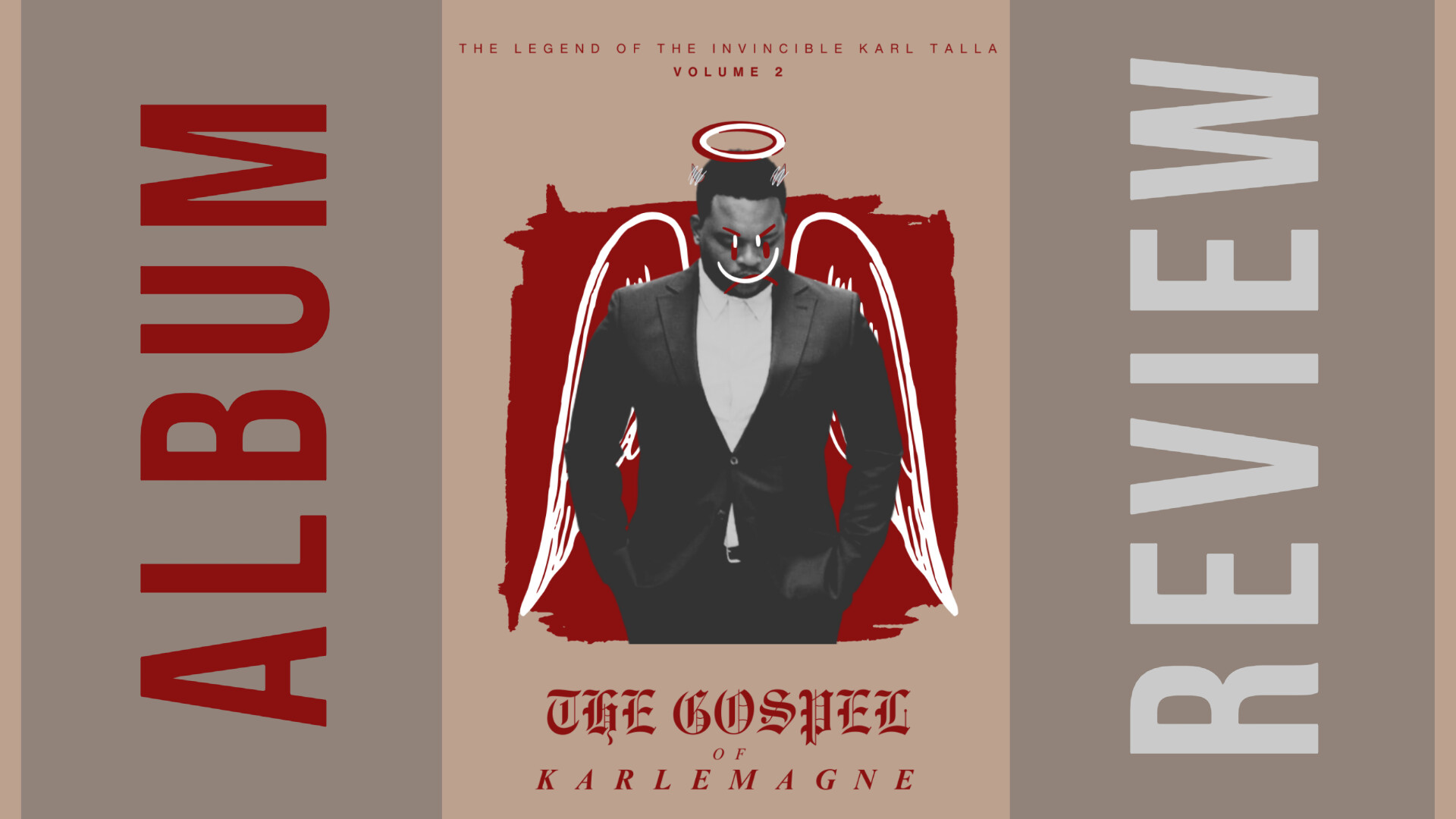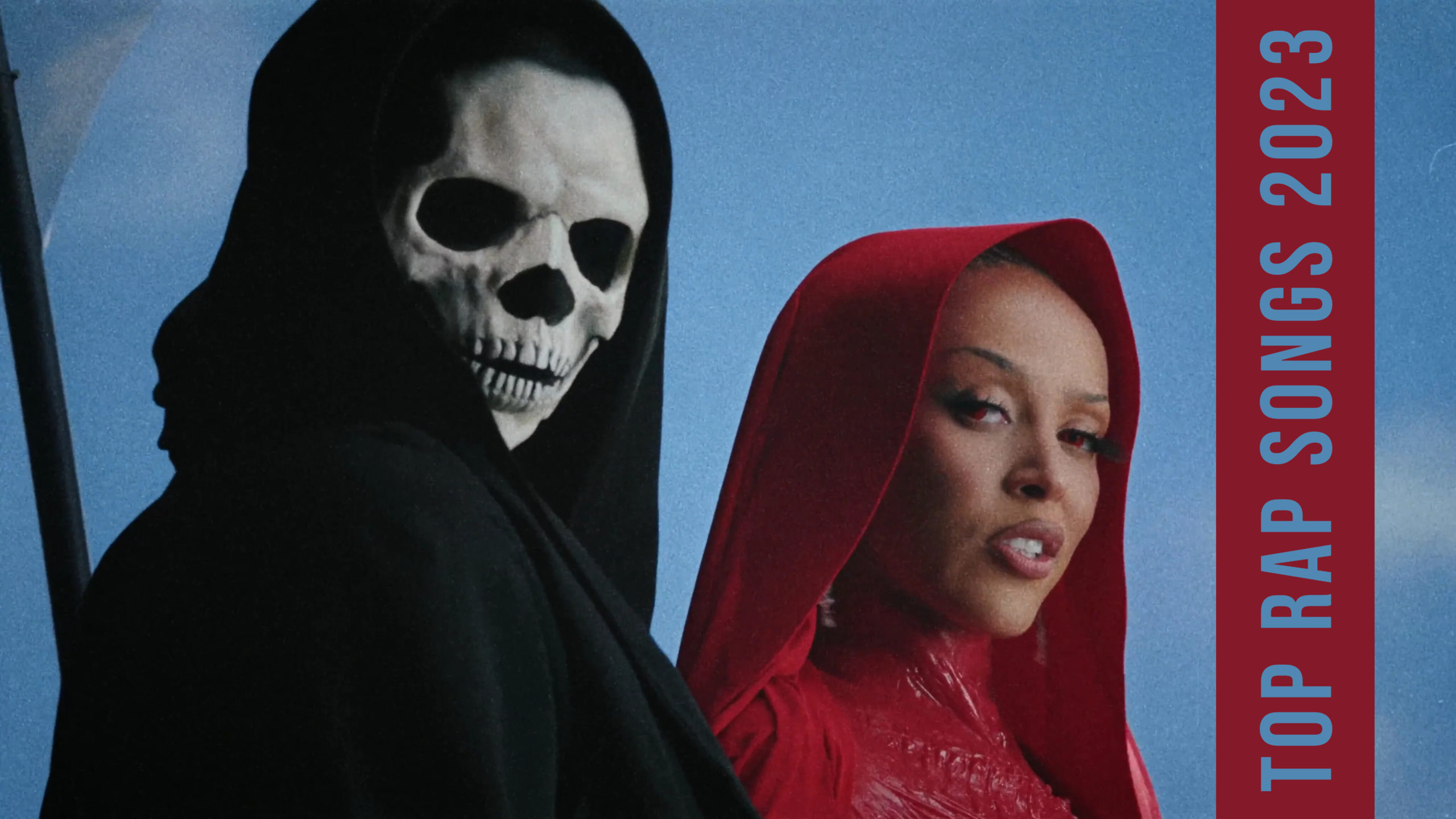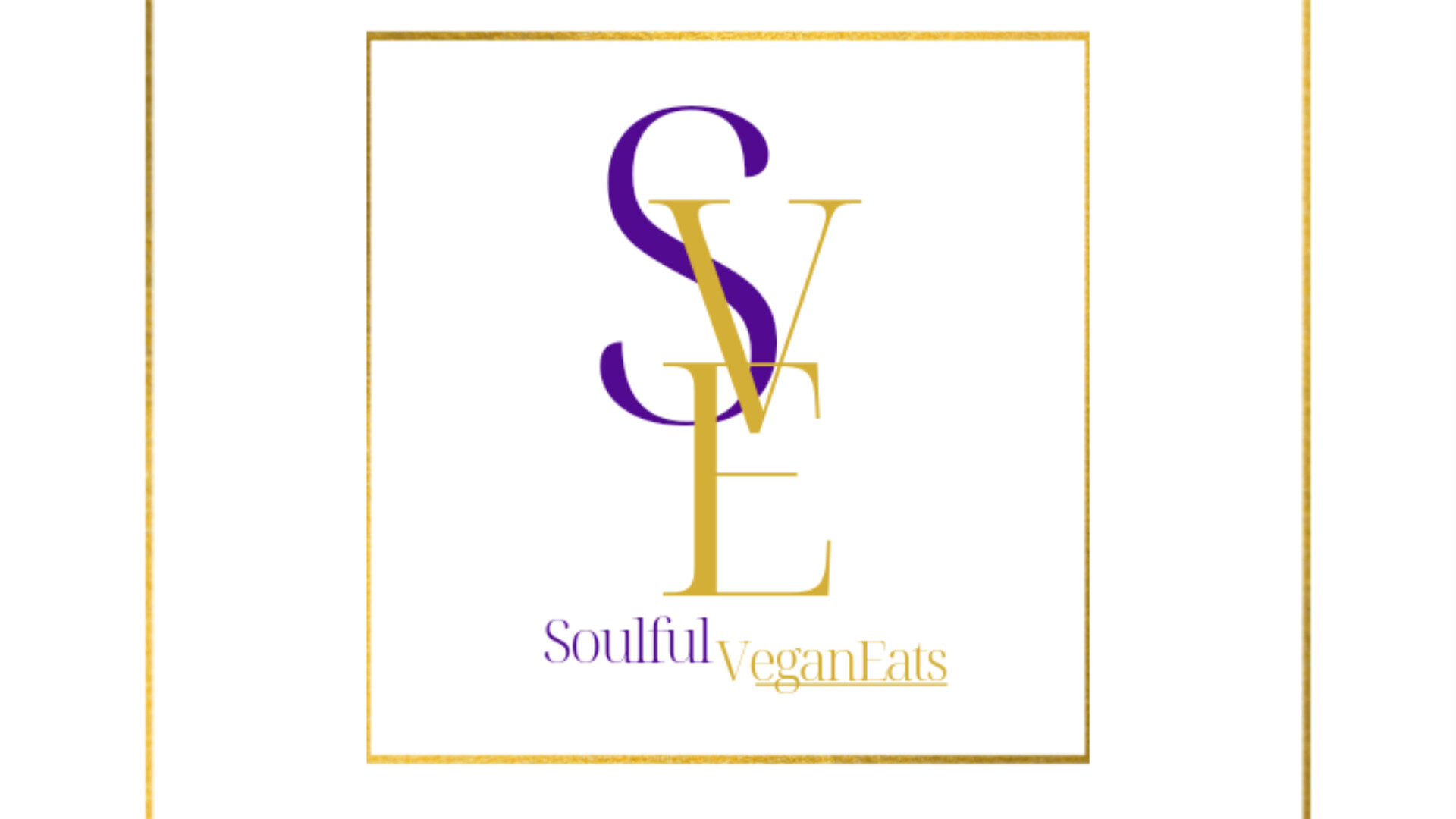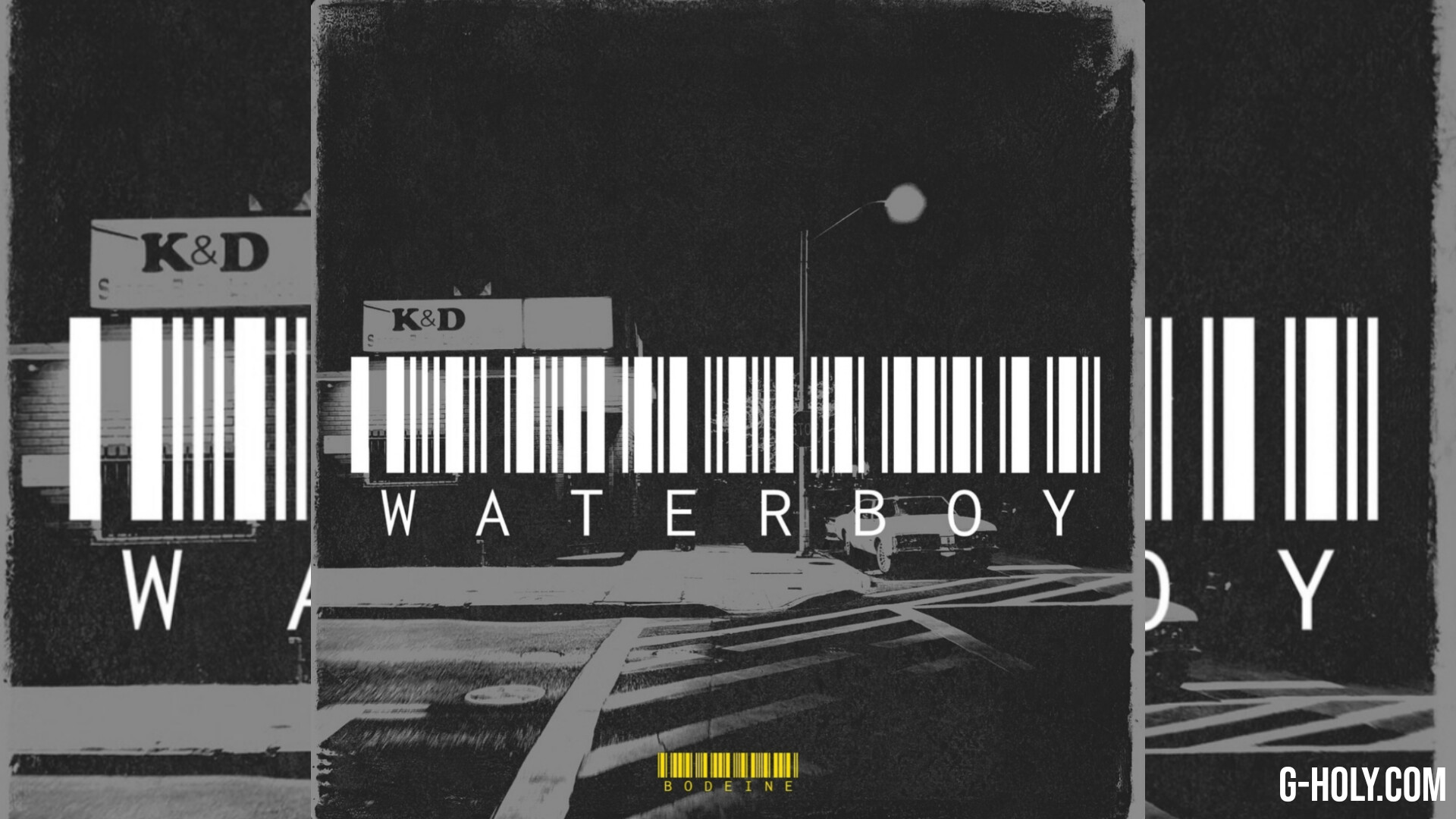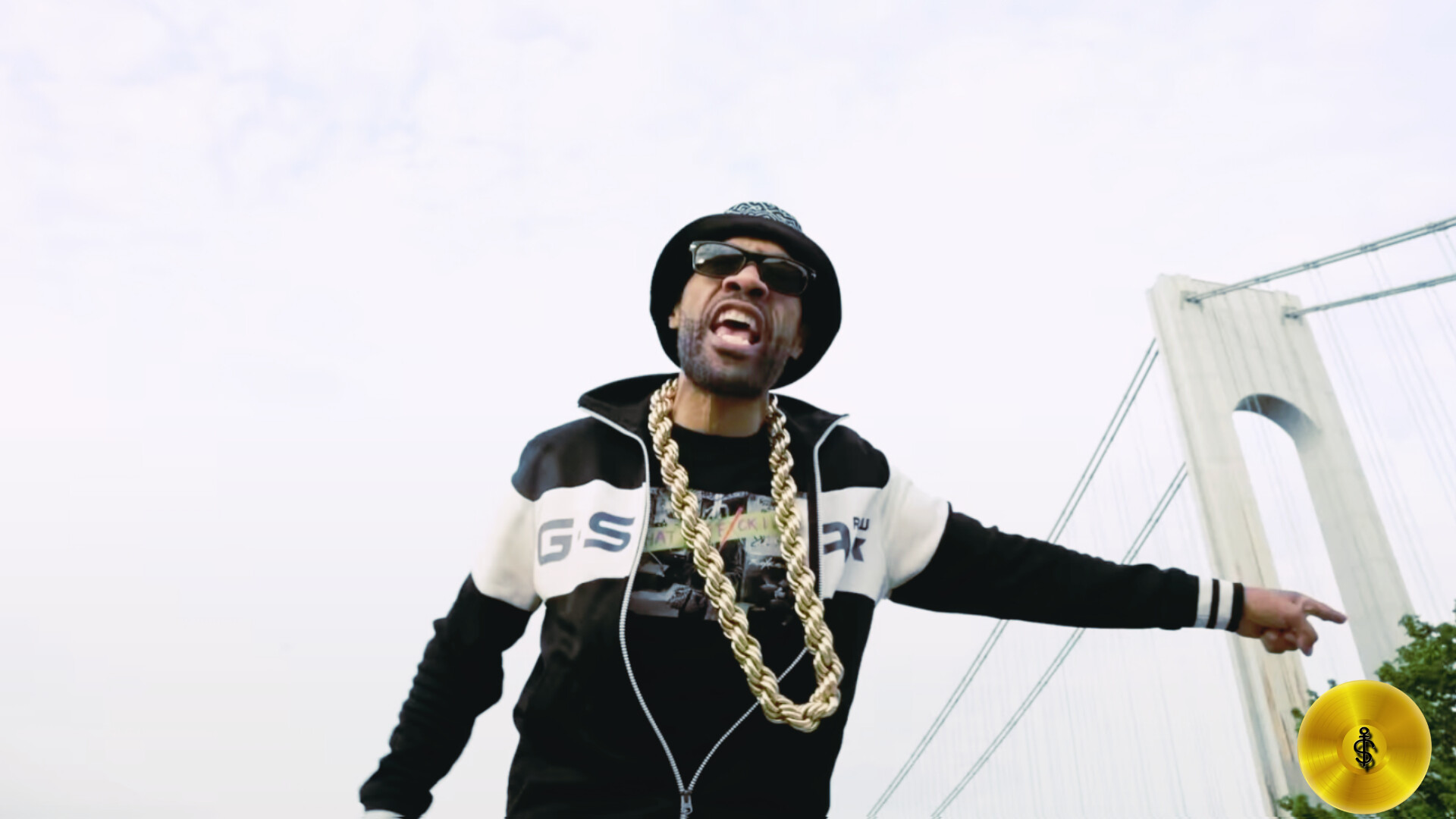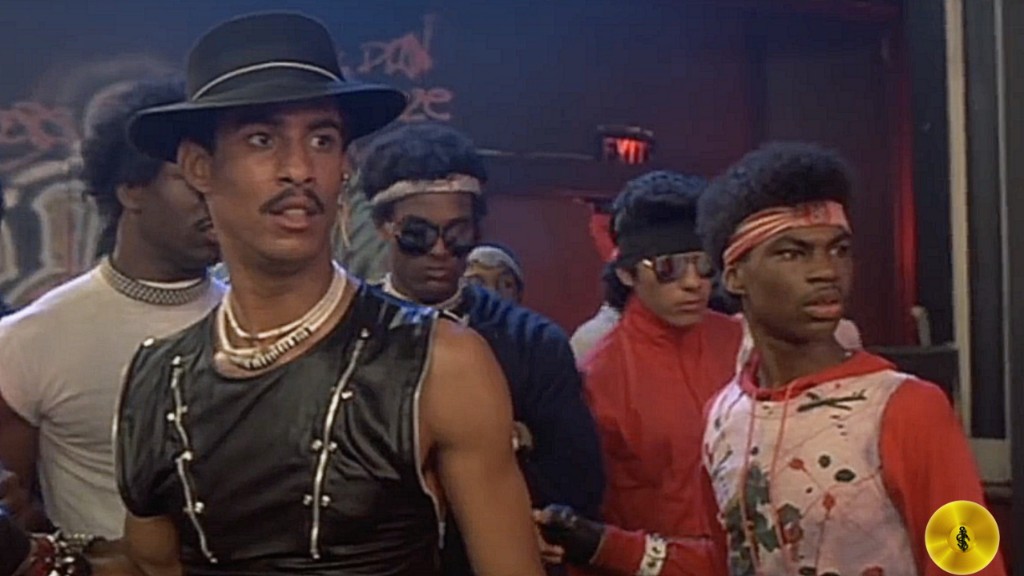
Hip-Hop: Where To Now? (By Boshko Maric)

The history of Hip-Hop is a long and storied one, full of some absolutely brilliant music. The culture ebbs and flows, with different MC’s, DJ’s, producers, and industry players all making their impact in countless different ways at different times. Just like any other genre of music, or art form in general, Hip-Hop has gone through a number of different periods, which are defined by everything from the sound of the music to lyrical themes and even the relevancy of different geographical areas. Where Hip-Hop differs from other art forms however, is in the fact that these different periods are not as unanimously defined and agreed upon as in other genres of music or even mediums such as film or visual art.
Take jazz for example. Jazz listeners, as well as musicians, can all agree that Be-Bop was an advancement in jazz that became popular in the 1940s. After that came hard-bop and post-bop, followed by an interest in the modal jazz and free jazz movements, and finally a shift towards fusion starting in the 1970s. Though there is no doubt that certain periods of Hip-Hop have different sounds that dominate and define said periods, the lines between these periods are much more blurred than they are in jazz, to use the genre as an example once again.

Because of this, there has been much debate about Hip-Hop’s golden ages. Any number of Hip-Hop heads will have any number of opinions on when these so-called golden ages were, based on their age, their level of knowledge about the music, and their own personal interests. Some may believe that the early 1990s, when jazz rap first became popular on the east coast was Hip-Hop’s first golden age. Others may go back a decade or forward to the mixtape era in the mid 2000s and early 2010s to make that distinction. Though it may be frustrating for some fans to deal with not being able to agree on these things, the fact that these things are so difficult to agree on proves something crucial to the art of Hip-Hop: it holds something for everyone.
Hip-Hop touches everybody, whether they know it or not. It is and has been, since its beginnings, at the forefront of our culture, and that is not by mistake. Hip-Hop is not only a style of music, but also a tool. It helps to lend a voice to those on the margins of society, who wouldn’t be able to express themselves otherwise. It is a key part of youth culture, and most importantly, it reflects the times.

There is absolutely no doubt that Hip-Hop is in a transitional stage. This statement may seem like an unnecessary one to make, seeing as how the music is constantly changing and evolving, but there is something about the current moment that feels different. In an age where streaming platforms have completely overtaken physical copies of music in terms of popularity and social media has made it easier than ever for fans to follow their favourite artists and for aspiring artists to grow their following, the industry is in a state of flux. While old heads and so-called “purists” are stubbornly turning away from new sounds and new artists because they believe that no one has anything to say or the genre doesn’t have any standards anymore, countless fresh and exciting new voices are arriving on the scene every day. Young MC’s and producers are taking inspiration from every aspect of their lives and creating some of the most interesting and unique work in not just Hip-Hop, but music as a whole.
Hip-Hop really is for everyone, whether everyone realizes it or not. And that statement has never been more applicable than it is to today’s Hip-Hop landscape.
G-HOLY.COM, 2021.
